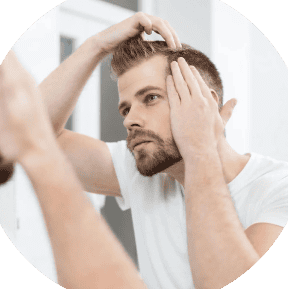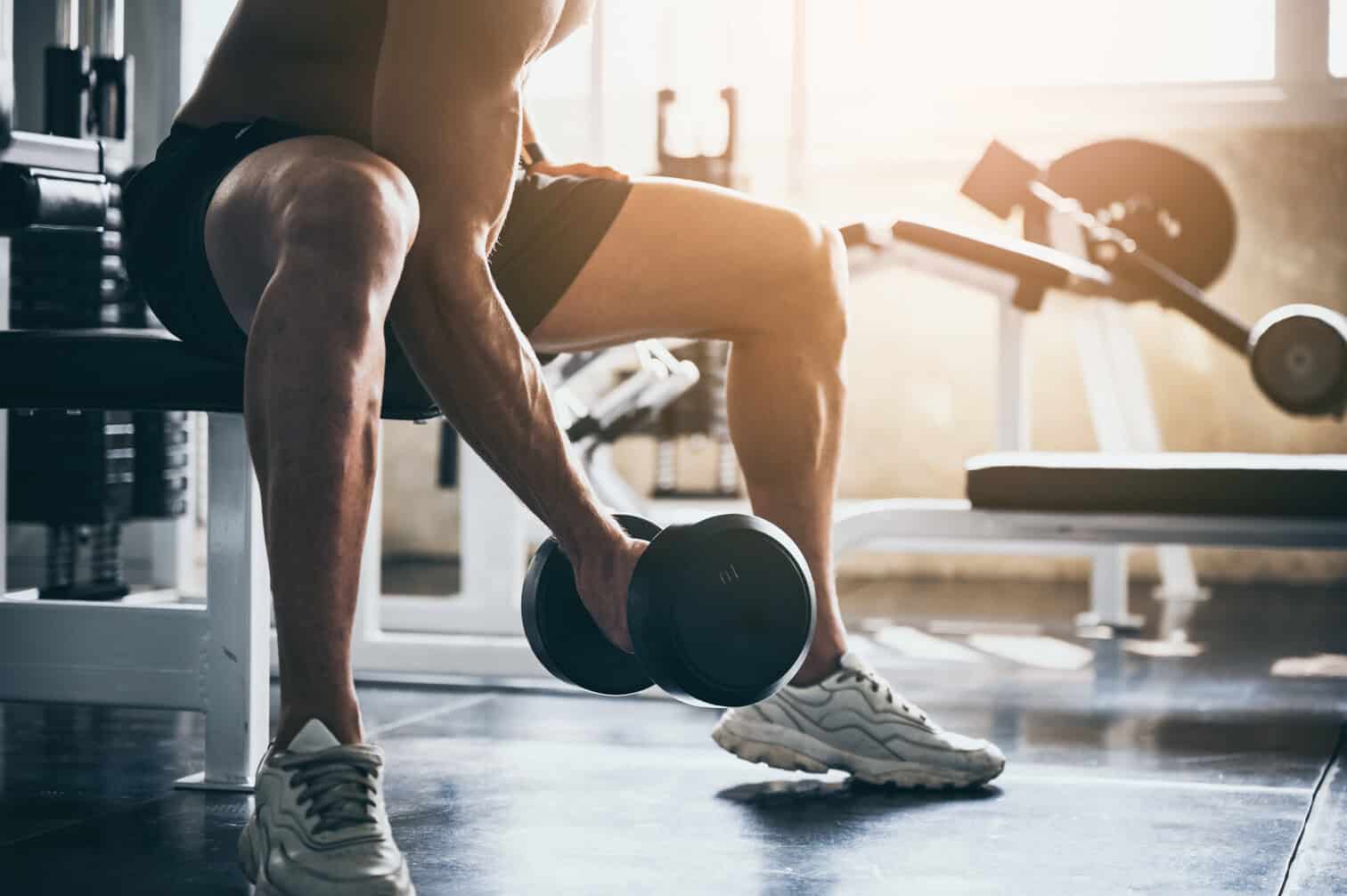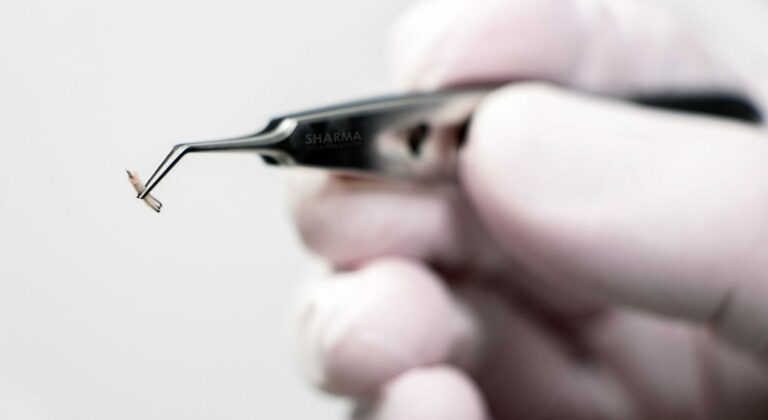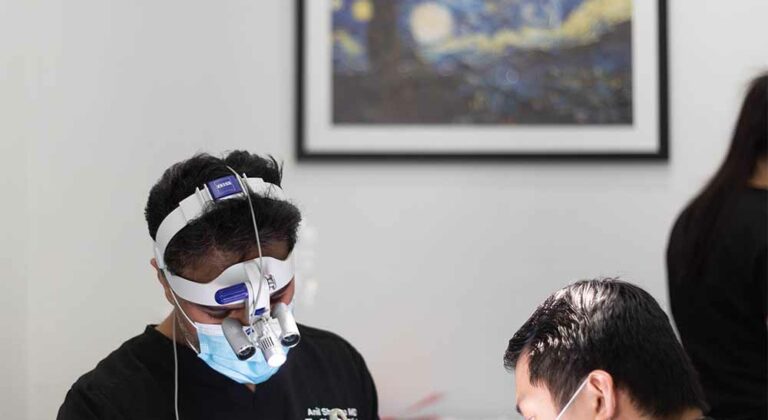After undergoing a hair transplant, patients often yearn to resume their regular routines, especially when it comes to physical activity. However, post-transplant recovery requires careful adherence to guidelines, including a gradual return to exercise. Overexerting yourself too soon can impede the healing process and compromise the transplant’s success.
In this guide, we’ll provide clear guidelines on when it’s safe to start exercising after a hair transplant and discuss which exercises are recommended.
Why it’s important to avoid activity in the immediate post-transplant period
Newly implanted grafts are extremely delicate and prone to damage within the first 24 to 48 hours, so rest is crucial during this critical healing period. To minimize the risk of infection, avoid activities that cause sweating or raise your heart rate, as excessive moisture can compromise the grafts’ stability.
For the first week post-op, refrain from bending, heavy lifting, or straining, as these activities could jeopardize the grafts’ survival. Additionally, avoid wearing headgear like helmets that could compress the scalp. By following these guidelines, you can help ensure the successful healing of your grafts.

When is it safe to resume normal exercise?
It’s important to follow a gradual approach when returning to exercise. Here is a basic schedule for safely returning to various forms of physical activity after a transplant:
| Weeks 1-2: Rest and light activity | Prioritize rest and gentle activities during the initial weeks. Take leisurely walks in pleasant weather to promote circulation and well-being, but avoid anything that might cause strain or discomfort. |
| Weeks 3-4: Gradual increase in activity | Start incorporating low-impact activities like cycling or swimming. Pay attention to your energy levels and avoid overexertion. Exercise in comfortable temperatures and drink plenty of fluids. |
| Weeks 5-6: Moderate exercise | Gradually increase the duration and intensity of your workouts. Continue to refrain from contact sports or activities that involve jumping or sudden movements. Be mindful of any discomfort or signs of irritation. |
| Week 7 & Beyond | Gradually reintroduce your preferred exercises and activities. Keep an eye out for any signs of discomfort, irritation, or scalp concerns. Pay attention to your body’s signals and adjust your activity level accordingly. |
It’s always advisable to discuss your exercise routine with your surgeon to ensure it’s appropriate for your individual situation and that you are healing properly.
What type of exercise is advised post-transplant?
Exercise can significantly impact the healing process following a hair transplant. The key is to strike a balance between staying active and avoiding activities that could disrupt the healing process. Here’s a breakdown of recommended exercises during recovery:
Cardio Exercises
For the first few weeks, opt for low-impact activities like walking or stationary cycling. These exercises improve blood circulation without putting excessive strain on the scalp.
As healing progresses, gradually increase the intensity and duration of your cardiovascular workouts. However, avoid activities that involve sudden head movements or excessive sweating, as these can irritate the transplanted grafts.
Strength Training
During the initial weeks, focus on exercises that don’t involve heavy lifting or straining the scalp. Light resistance training can help maintain overall strength without compromising healing.
Once the scalp has healed sufficiently, you can gradually reintroduce weight training. However, avoid exercises that involve heavy lifting or sudden movements that could dislodge the grafts. Always pay attention to your body’s signals. If you experience any discomfort or pain, reduce the intensity or duration of your workouts.
Sports
Refrain from contact sports and activities that involve head impacts, such as football, rugby, or martial arts, for at least six weeks post-operation. While swimming can be beneficial for overall health, avoid chlorinated pools for several weeks after the procedure. The chlorine can irritate the scalp and potentially hinder healing.
READ: Swimming After a Hair Transplant: When Can You Use a Pool and Sauna?
Tips for a safe workout routine post-transplant
By staying well-hydrated and consuming a balanced diet rich in essential nutrients, you can significantly boost graft survival, promote scalp health, and optimize overall healing. It’s equally important to shield your scalp from the elements and monitor for any signs of swelling or discomfort.
Here are some tips to ensure a smooth and safe recovery:
- Drink plenty of water throughout the day and consider hydrating beverages like coconut water, herbal teas, or electrolyte-rich sports drinks.
- Avoid caffeine and alcohol where possible, as these can contribute to dehydration.
- Incorporate lean proteins (like chicken, fish, beans or tofu), whole grains and plenty of vegetables into your pre-and-post-workout meals.
- Avoid wearing headgear if possible, but if necessary, opt for breathable, protective headgear to shield your scalp from the sun and minimize the risk of head injuries during activities like cycling.
- When showering, use a mild shampoo and conditioner, and wash your hair gently. Be careful not to scratch or pull on your hair.
- Listen to your body’s signals. If you experience any discomfort or swelling around your scalp during physical activity, stop immediately and contact your surgeon.
Your surgeon is the best resource for personalized advice on your hair transplant recovery. They can provide guidance based on your individual needs and help you avoid potential risks. Dr. Sharma can address all your questions at the Sharma Clinic, so feel free to contact us.
BOOK NOW
Talk to a Hair Transplant Expert
Are you looking for the most effective treatment plan to reverse the effects of hair loss? Dr. Sharma has a long-lasting commitment to offering the best services in the industry. Not only is he experienced with hair loss treatment, but he is passionate about helping each patient receive excellent results.

Share this:
Medically reviewed by
Updated on
Have a question?
Find out how we can help you look feel your absolute best
Contact us 780-476-7970


